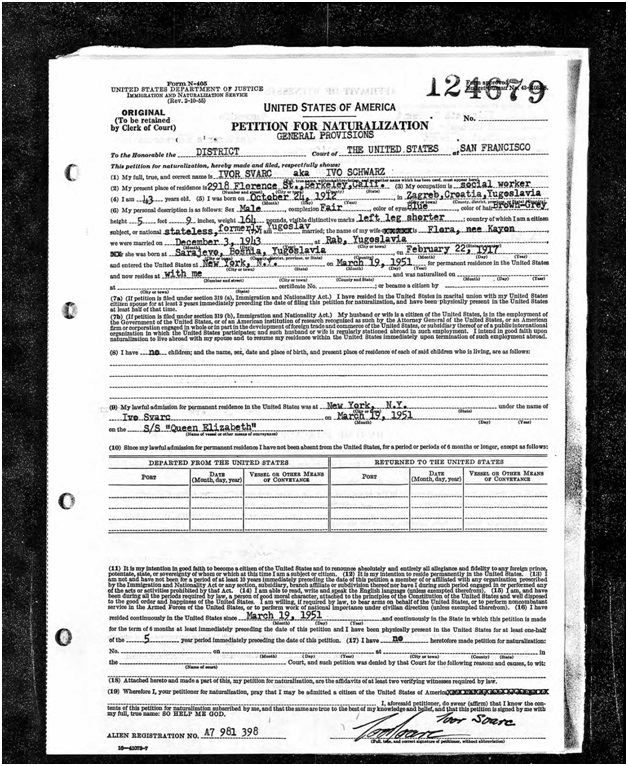Ivor Svarc, Paris Office, 1952-1982
From the Hebrew Immigrant Aid Society (HIAS) archives while Ivo was on the executive committee, here are some examples of migrations:
- 1972-1973. Many American Council for Voluntary Agencies for Foreign Service (ACVA) folders; during this time, he was on the Executive Committee of ACVA and Chair of the Committee on Migration and Refugee Affairs (CMRA). In 1972 when Idi Amin, President of Uganda, ordered the expulsion of the country's Asian minority population, HIAS helped evacuate the refugees and bring them to the United States at the request of the U.S. Department of State.
- 1974-1975—Jewish emigration from the Soviet Union increased in the 1970s.
- 1976-1977—USSR—In March 1976, the "dropout rate" rose to over 50%. The term "dropout" (Noshrim in Hebrew) refers to Soviet Jews who emigrated to the United States instead of Israel; these emigres applied for U.S. refugee visas while waiting at transit centers in Europe. In 1974, the U.S. Congress passed the Jackson-Vanik Amendment, which tied the economic benefit of most-favored-nation status for the Soviet Union to that country allowing its citizens, Jews and non-Jews, to emigrate. (The Soviet regime reacted defensively, increased repression and cut down sharply on Jewish emigration. Exit visa requests were denied and many Jews who had already applied for them lost their jobs, creating the category of "refuseniks," people who were refused the right to leave the country.) Alternatively, the term Yordim was applied to Russians who went to Israel, then left, generally for the United States—they "went down," as opposed to moving to Israel, Aliyah, "to ascend."
- 1978-1979—There was a second peak of Soviet Jewish emigration in 1979. More than 51,500 persons left, with about two thirds of the emigrants choosing not to go to Israel.

Petition for Naturalization